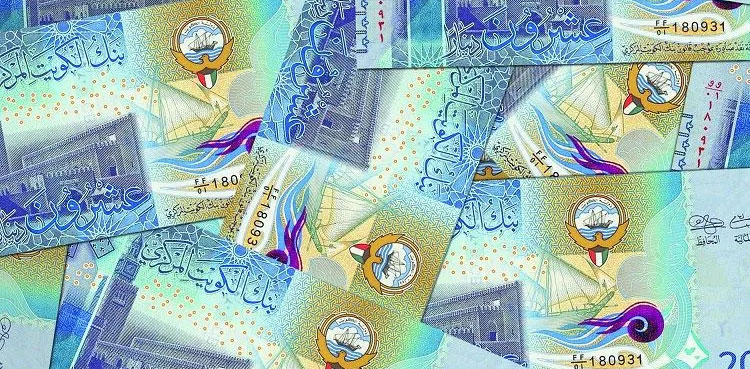Karachi, May 17, 2025 – Kuwaiti Dinar (KWD) declined slightly against the Pakistani Rupee (PKR) in the open market today, selling for 916.01 PKR against price of 917.07 PKR earlier this week. The slight decrease of 1.06 PKR is an indication of minute fluctuations in the foreign exchange market, driven by a mix of factors affecting both currencies.
Valuation Process of KWD to PKR
Currency valuation is a multifaceted process, the pull of which comes from various factors, such as supply and demand in the foreign exchange market, interest rates, inflation, and general economic stability. The Kuwaiti Dinar, with the support of Kuwait’s strong oil exports and deep foreign exchange reserves, is one of the world’s strongest currencies. Kuwait’s oil-based economy and conservative fiscal practices, together with the Central Bank of Kuwait’s policy of fixing the KWD against a basket of currencies, guarantee its stability and high value.
Conversely, the Pakistani Rupee is plagued by economic factors like inflation, trade deficits, and foreign borrowing dependency. The State Bank of Pakistan proactively manages monetary policy to stabilize the PKR, but its value is more unstable because of internal and external economic factors. Exchange rates change hourly in the open market based on real-time transactions, somewhat different from interbank rates because of institutional arrangements. Current rate of 916.01 PKR per KWD is a testament to these movements, with the minimal depreciation due to better foreign reserve management in Pakistan and steady remittance inflows from Kuwait.
Effect of the Exchange Rate Fluctuation
The minimal depreciation of the Kuwaiti Dinar against the PKR provides a less favorable exchange for Pakistani expatriates based in Kuwait who send remittances back to their homeland. Yet, the shift is minor and will not have much bearing on their purchasing power. For companies involved in Kuwait-Pakistan trade, the stable exchange rate continues to offer stability, diminishing currency volatility risk. Pakistani workers and students in Kuwait might be marginally worse off when exchanging their income into PKR, but the economic impact is generally limited by virtue of the modest size of the movement.
Pakistani measures to accumulate foreign reserves and control inflation have been responsible for this relative stability, whereas Kuwait’s consistent oil revenue continues to support the strength of the KWD. Market experts recommend that market players keep an eye on oil price movements and policy on reserve management by Pakistan, as these are likely to affect subsequent exchange rate direction. Currently, the KWD-PKR rate provides short-term assuredness to monetary transactions between the two countries.
Currency Rates in Pakistan Today
Introduction to KWD and PKR
The Kuwaiti Dinar (KWD) brought into circulation in 1961 is the official currency of Kuwait and is regulated by the Central Bank of Kuwait. The KWD, which is world-renowned as the most valuable currency, has a link to a basket of currencies and flourishes on Kuwait’s oil economy, which yields hefty foreign exchange reserves and economic stability.
The national currency of Pakistan is the Pakistani Rupee (PKR) and is controlled by the State Bank of Pakistan. The PKR exchange rate is sensitive to domestic issues such as inflation and trade deficits, as well as external sources such as foreign remittances and borrowing. In spite of these pressures, the PKR is still a vital medium of exchange for Pakistan’s large and diversified economy.


Leave a Comment